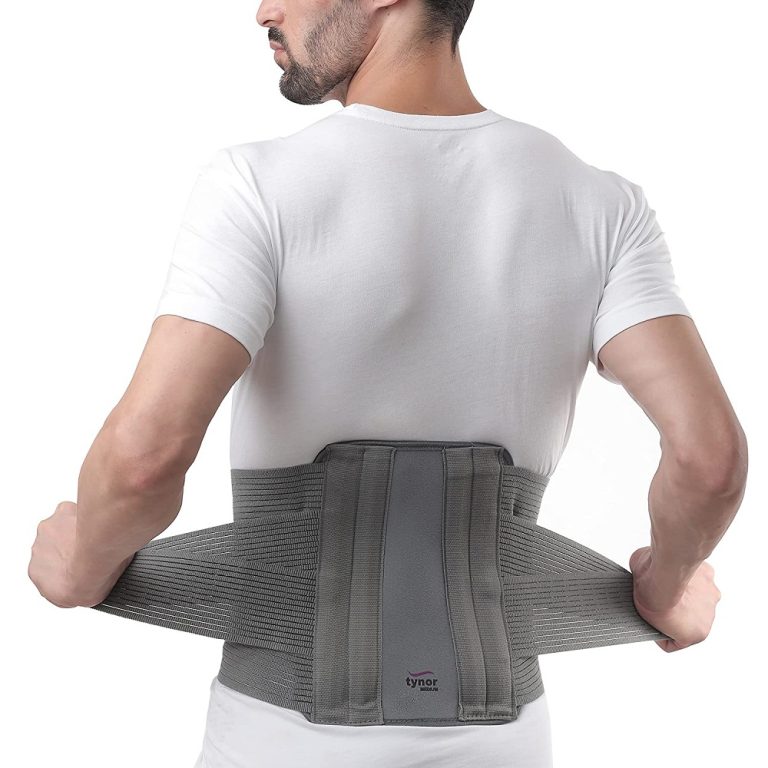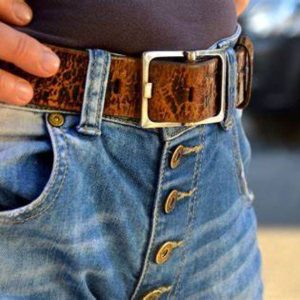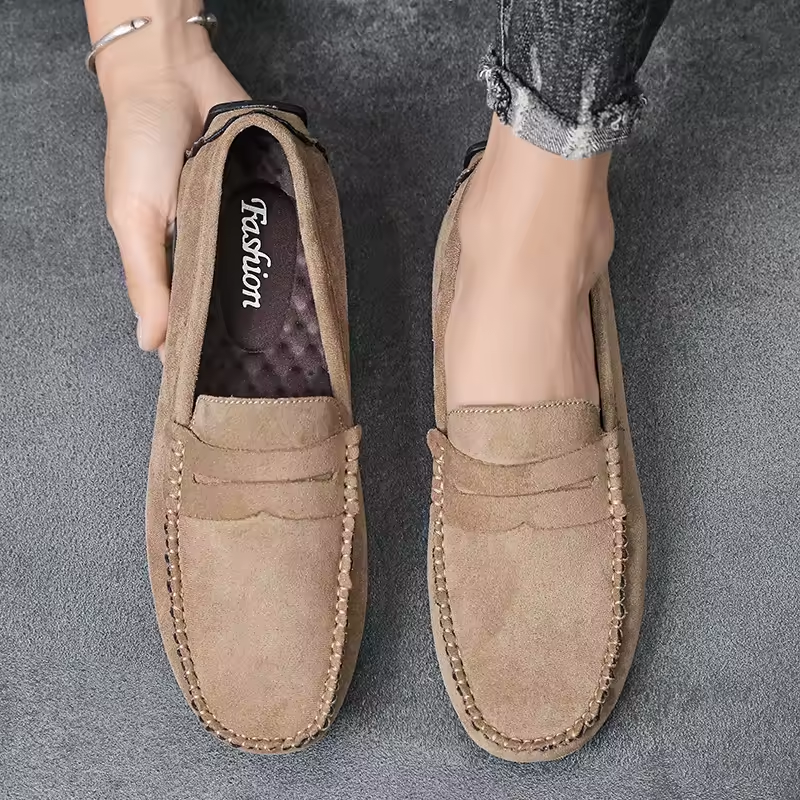Seat belts play a crucial role in vehicle safety. When they malfunction, they can compromise safety. This article explains how to fix a seat belt retractor effectively.
Understanding the Seat Belt Retractor
How a Seat Belt Retractor Functions
Understanding how a seat belt retractor works is crucial for safety. The retractor’s primary function is to extend and retract the seat belt. It relies on a spring mechanism and a locking device to operate effectively. When you pull the seat belt, the retractor allows it to extend smoothly. This mechanism ensures that the seat belt adjusts to your body size and provides the necessary protection.
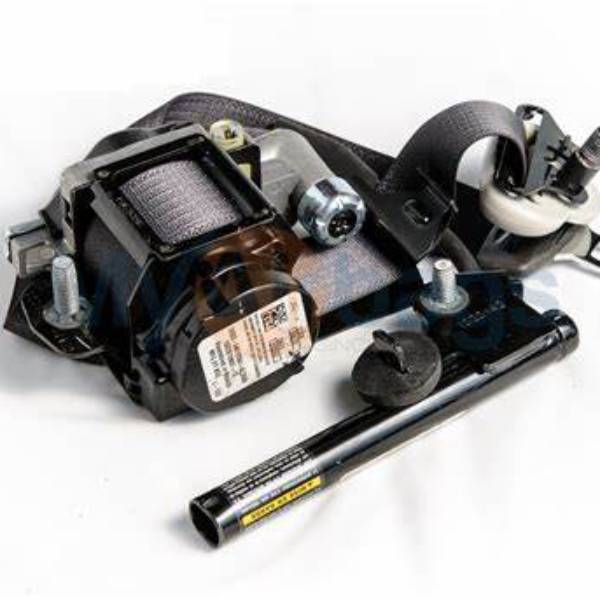
Common Issues with Retractors
If the seat belt fails to function properly, it could indicate an issue with the retractor. Problems can arise if the spring or locking device malfunctions. For instance, if the seat belt does not retract fully or extends too easily, it may not offer proper restraint in a collision. Regular maintenance and inspection of the retractor are essential to ensure it works correctly and keeps you safe while driving.
Diagnosing the Problem
Diagnosing Seat Belt Retractor Issues
Before fixing the seat belt retractor, start by diagnosing the issue. Begin by checking for physical obstructions that might block the mechanism. Debris or objects can sometimes interfere with the retractor’s operation. Next, inspect the seat belt itself for signs of damage or wear. Look closely for frayed edges or tears that could affect its performance. By identifying these issues, you can better understand the problem and address it effectively.
Identifying Unusual Noises
Lastly, listen for any unusual noises when pulling the seat belt. Strange sounds can indicate a problem with the retractor’s internal components. If the retractor is making clicking or grinding noises, it may require further inspection or repair. Addressing these auditory clues helps in pinpointing the issue more accurately. Ensuring that the retractor operates smoothly and quietly is crucial for safety and functionality.
Gathering Necessary Tools
Essential Tools for Repair
To fix the seat belt retractor, first gather all necessary tools. You will need a screwdriver and a socket set for disassembly. A flashlight is essential for inspecting hard-to-see areas and ensuring proper repairs. Additionally, having a pair of pliers can be useful for handling small parts. A cleaning cloth will help you remove any debris that may obstruct the mechanism. Make sure you have all these tools ready before starting the repair process.
Preparing for the Repair
Having the right tools on hand ensures a smoother repair process. Gather your screwdriver, socket set, flashlight, and pliers before beginning. Use the cleaning cloth to clear any debris from the retractor. Preparing everything in advance helps you work more efficiently and prevents interruptions. By organizing your tools and cleaning materials, you set yourself up for a successful repair and ensure that the seat belt retractor functions properly once fixed.
How to Fix Seat Belt Retractor: Removing the Cover
Removing the Seat Belt Retractor Cover
Begin by removing the cover of the seat belt retractor. First, locate the screws securing the cover to the retractor. Use a screwdriver to carefully remove these screws, taking care not to strip them. Place the screws in a safe location to ensure you can easily find them later for reassembly. Once you have removed all the screws, gently pry off the cover. This process reveals the inner components of the retractor, allowing you to proceed with the repair.
Accessing the Inner Mechanism
After removing the cover, you will expose the internal workings of the retractor. This step is crucial for diagnosing and fixing any issues within the mechanism. Carefully inspect the inner components for any visible damage or obstructions. Ensure that you handle all parts with care to avoid causing further issues. With the cover removed, you can now proceed with any necessary repairs or adjustments to restore the seat belt retractor to proper working condition.
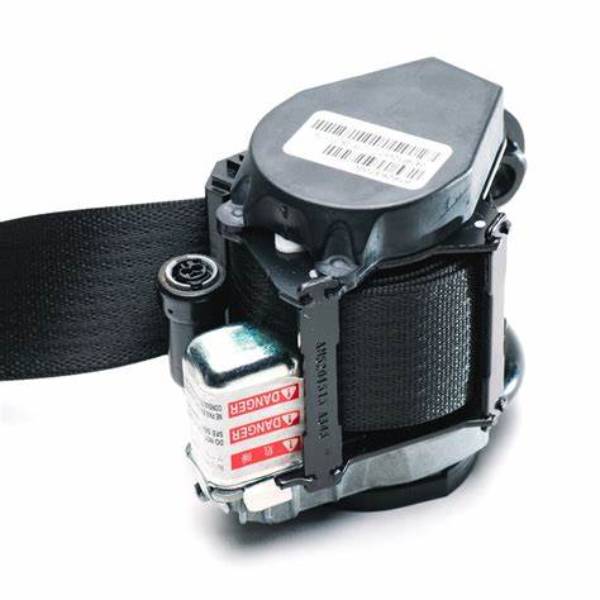
How to Fix Seat Belt Retractor: Inspecting the Mechanism
Inspecting the Mechanism
After removing the cover, carefully inspect the seat belt retractor mechanism for visible issues. Look for any loose components or broken parts that could affect functionality. Ensure the spring is intact and working correctly. A stretched or broken spring will need replacement to restore proper operation. This thorough inspection helps identify any obvious problems that could be causing the malfunction.
Examining the Locking Mechanism
Additionally, check the locking mechanism for any signs of trouble. If the mechanism appears jammed or rusted, it could be the source of the issue. Rust or jams in the locking mechanism can prevent the seat belt from retracting properly. Addressing these problems promptly ensures that the seat belt functions as intended, providing safety and reliability.
Cleaning and Repairing the Mechanism
Cleaning the Mechanism
After assessing the mechanism, proceed to clean it thoroughly. Use a cleaning cloth to wipe away any dust or debris. If you notice any rust, treat it with a rust remover to prevent further damage. Cleaning ensures that all components function smoothly and reduces the risk of future issues. Once the area is clean, inspect the spring again to ensure it operates correctly. If the spring still struggles to retract, replacement may be necessary to restore proper functionality.
Reassembling the Mechanism
After cleaning and inspecting, reassemble any parts you removed during your inspection. Carefully place each component back in its original position. Ensure that all screws and parts are securely fastened to avoid any loose connections. Proper reassembly is crucial for the retractor to work correctly. By following these steps, you ensure that the seat belt retractor is fully operational and ready for use.
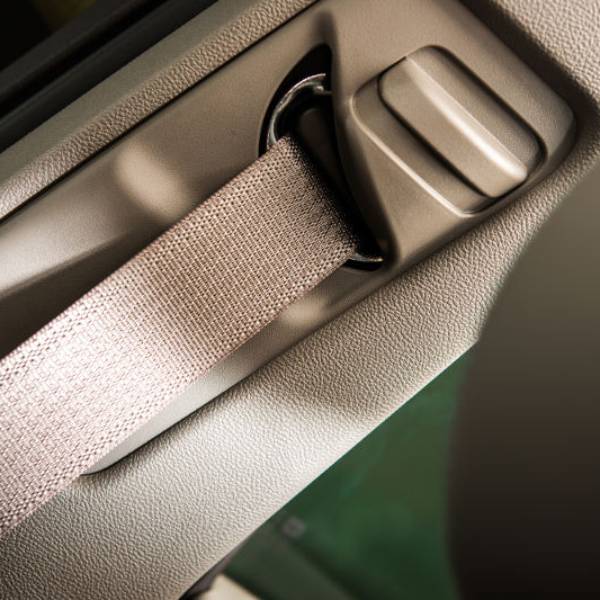
Installing the New Parts
If you find any broken elements, you’ll need to install replacements. Look for a compatible spring and locking mechanism. Online retailers or auto parts stores often carry these items. Once you have your new parts, install them carefully. Ensure everything fits snugly together. After installing the new parts, test the mechanism before reassembling the cover.
How to Fix Seat Belt Retractor: Reassembling the Cover
After replacing or fixing the necessary elements, reassemble the seat belt retractor cover. Line up the cover with the base. Secure it using the screws you removed earlier. Tighten each screw securely. When considering what size belt should I get, ensure it fits comfortably and doesn’t interfere with mechanisms like seat belt retractors. Ensure the cover is flush against the retractor base. This prevents any future interference with the mechanism.
Testing the Seat Belt Functionality
Once everything is reassembled, it’s time to test the functionality. Pull the seat belt out slowly and watch its retraction. The belt should extend and retract smoothly. When ensuring safety and reliability, just like testing seat belts, the best kids bean bags provide comfort and support for your little ones during playtime. If it sticks or jams, you may need to reopen it and adjust the mechanism. Testing ensures safety and reliability.
Preventive Measures for the Future
After fixing the seat belt retractor, take preventive measures. Regularly inspect your seat belts for wear and damage. Clean the mechanism periodically to avoid debris buildup. The Bronco seat belt recall highlights the importance of regular inspections and proper use to ensure safety and longevity of your seat belts. Ensure passengers use the seat belts correctly to prolong their lifespan. Educating others about seat belt safety enhances overall vehicle safety.
Conclusion
Knowing how to fix a seat belt retractor enhances safety for everyone in the vehicle. By understanding the mechanism and performing regular maintenance, you can avoid potential issues. Follow this guide thoroughly to address any problems effectively. Always prioritize safety when driving. A properly functioning seat belt is essential for a safe journey.




